Reading: The Change of Communication (Danish: Forandring af kommunikation) by Frederik Hertel
Company changes can only take place through communication. Before a change process, an alignment of the views of the company’s goals, vision, and values is necessary. If values, goals and vision are predetermined by the management you have a top-down change process.
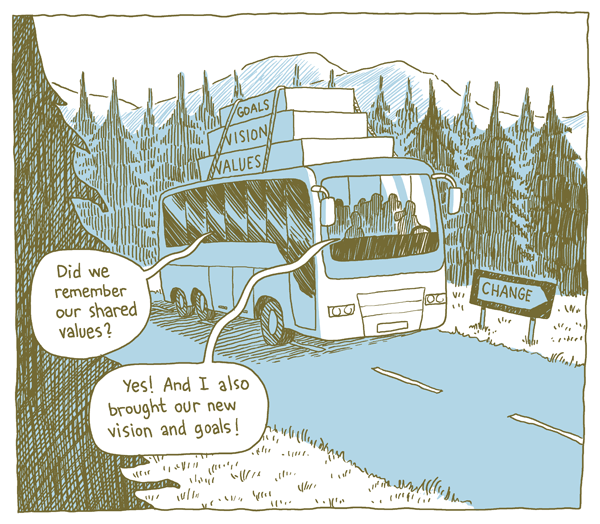
Contrary to the top-down change process another approach is possible and often preferable if you want to strengthen the employee engagement: You discuss the eligibility and possible change of the values with the employees.
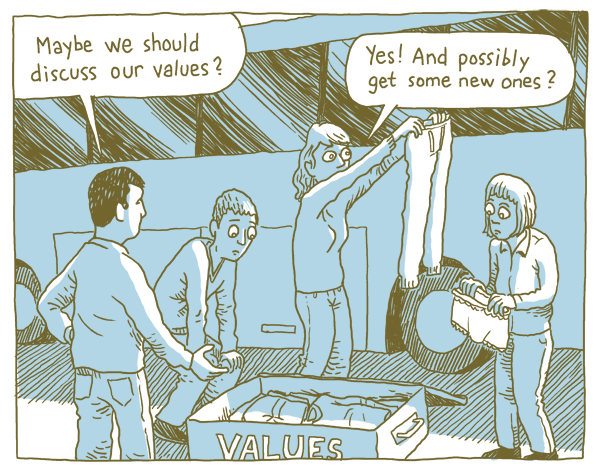
Processes of change cannot simply be communicated. The communication itself must be changed. To change the communication in a company you have to have a policy of communication (the strategic level) as well as communication campaigns and communication activities (tactical / operational level). A process of change must be aligned with the general policy of communication.
German philosopher Habermas suggested a definition of the ideal communicative act:
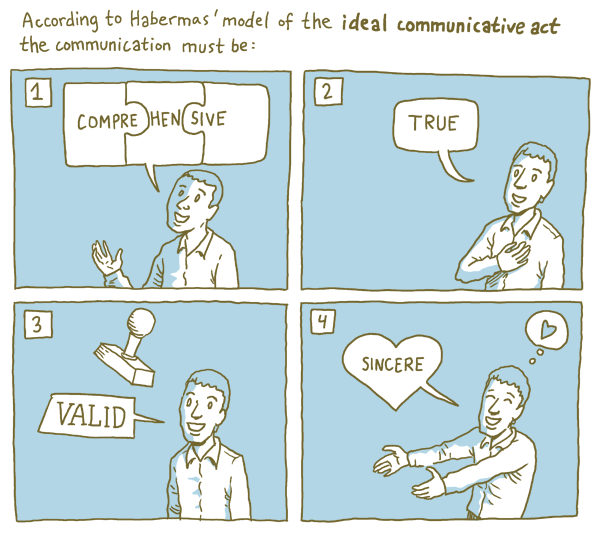
Communication of change cannot comply to this ideal definition, though.
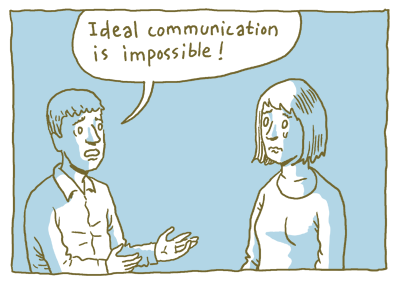
Due to the different levels of power in a company communication must be strategic. This somewhat manipulative element opens up for an ethical and moral perspective of the communication.
Communication of change can be divided into two paradigms:
1) Communication in a paradigm of change. In this paradigm communicating a message is like conveying a “thing” from a sender to a recipient. The problem here is that the message does not remain exactly the same thing for the sender as for the recipient. This is because of their different perspectives. Therefore, there is no communication without interpretation.
2) Communication in a paradigm of communication. This is the semiotic tradition. Subjects that communicate with each other have ‘intentionality’, i.e. they are always conscious of something and have always directed their consciousness towards something. So, communication is a cooperation between interlocutors on producing and exchanging significance / meaning. If they exchange different meanings (which they do!) this doesn’t imply failure of communication. Identical meaning from two different subjects is impossible! Communication is still possible, though, as people share the same contexts in communities, including companies.
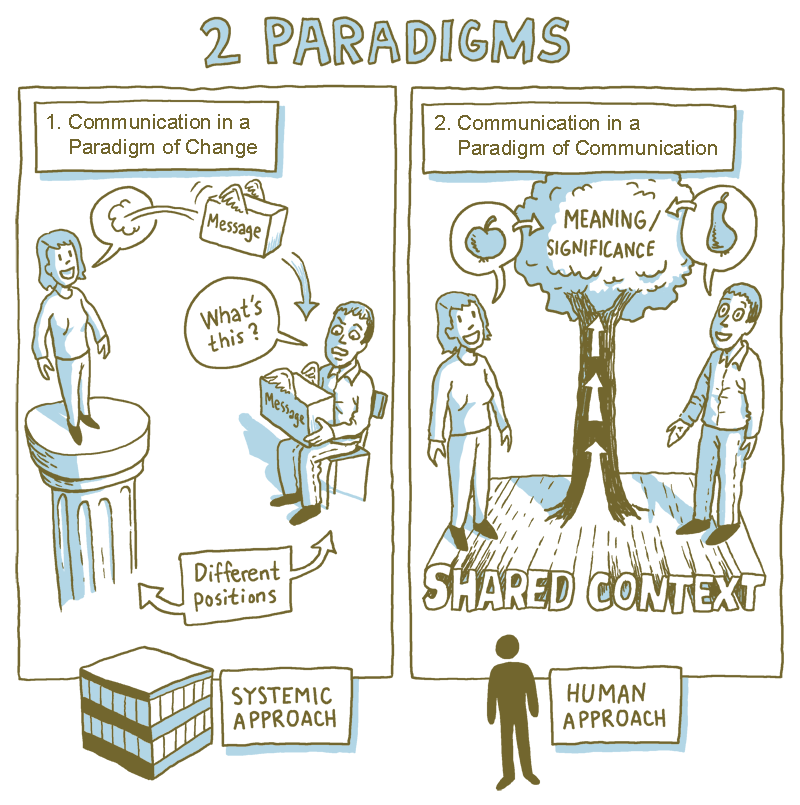
Communication of change cannot be reduced to a tool used by the management to send messages to the employees. Employees are co-producers of the company’s communication of change. This co-production of meaning is essential for a change process to succeed in a company.
